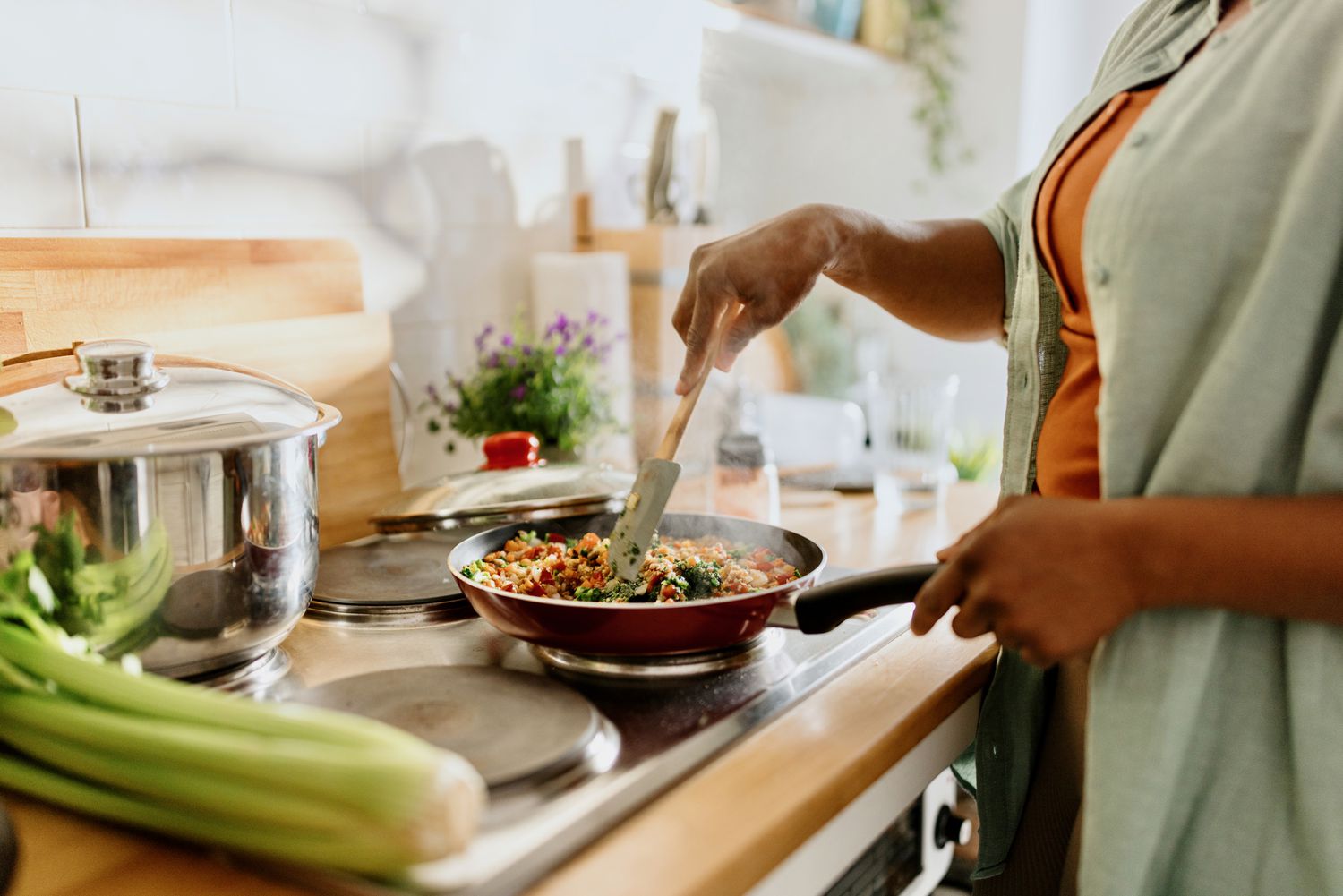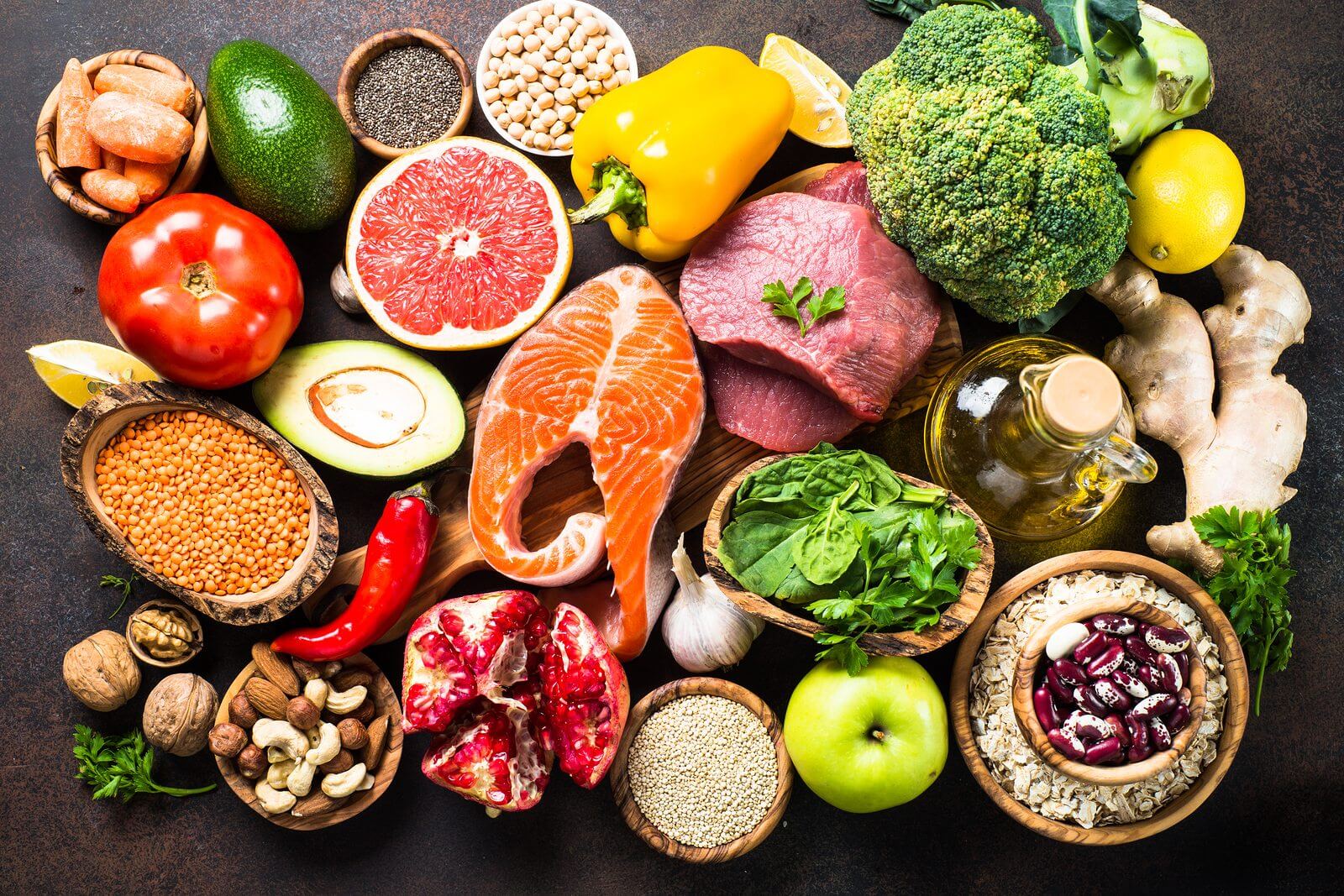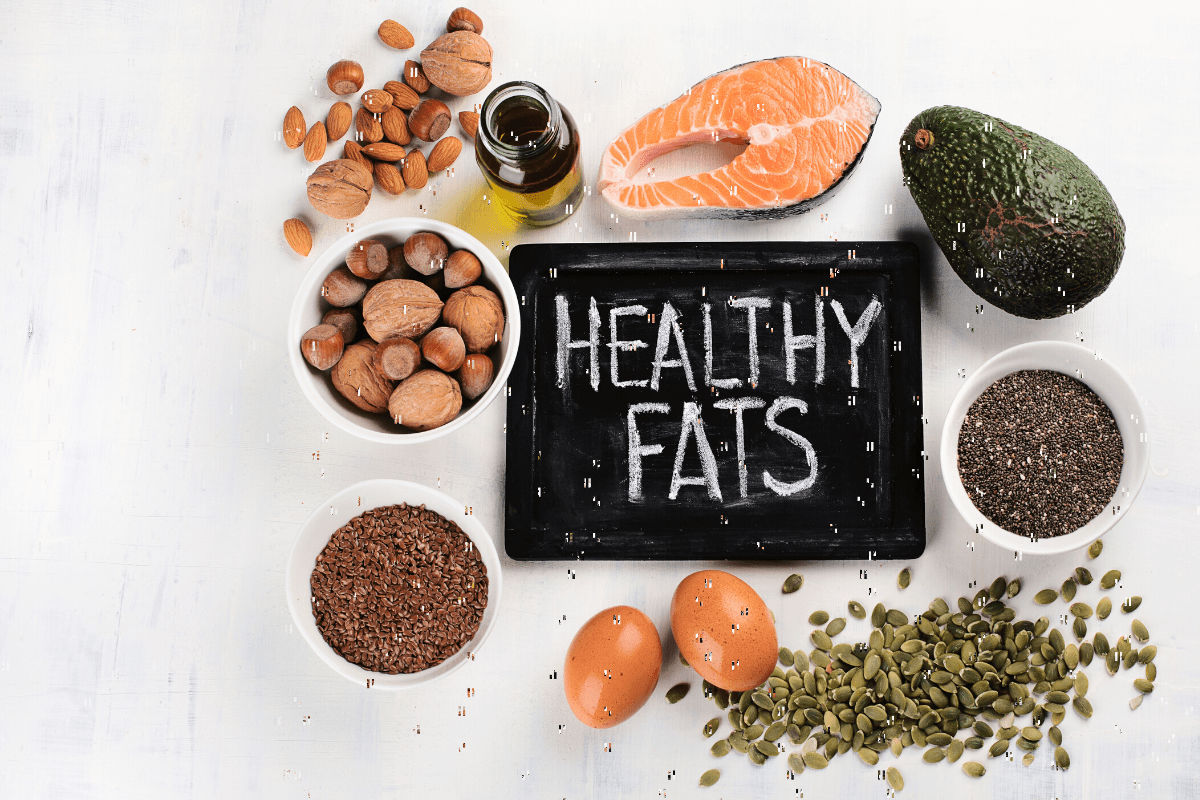Cooking for health is essential for a balanced lifestyle. You can make simple adjustments to your cooking routine that will improve the nutritional value of your meals. By choosing the right ingredients and methods, you can create tasty dishes that not only satisfy your cravings but also support your well-being.
Understanding how to use lean proteins, whole grains, and plenty of colorful vegetables can transform your meals. Learning cooking techniques that preserve nutrients will enhance the benefits you get from your food. As you develop healthy eating habits, you will find it easier to maintain a balanced diet that works for you.
Start your journey to healthier cooking by experimenting with various flavors and ingredients that add nutrition without sacrificing taste. With deliberate choices, you’ll find cooking can be both enjoyable and beneficial to your health.
Key Takeaways
- Choose ingredients that boost nutrition and flavor.
- Use cooking methods that preserve nutrients.
- Build a balanced diet with a variety of foods.
Essential Ingredients for Healthy Cooking
Healthy cooking relies on specific ingredients that boost nutritional value and flavor. By incorporating superfoods and understanding the role of fats and sugars, you can create meals that support your well-being.
Superfoods and Nutrient-Rich Choices
Superfoods are foods that offer high levels of nutrients. These include broccoli, avocado, and berries, which are rich in vitamins, minerals, and antioxidants. Including a variety of fruits and vegetables in your meals maximizes the intake of essential phytochemicals that support health.
Whole grains, such as quinoa and brown rice, provide fiber and important nutrients. Adding beans and nuts, like walnuts, can contribute healthy protein and fats. Spices and herbs, such as turmeric and basil, not only add flavor but also have many health benefits.
Make a point to keep a selection of these nutrient-rich ingredients on hand to enhance your meals with taste and health benefits.
Understanding Fats and Sugars
Healthy fats are vital for a balanced diet. Use olive oil and canola oil for cooking, as they contain monounsaturated fats that can improve heart health. Adding avocado or nuts can also introduce healthy fats into your diet while adding flavor.
When it comes to sugars, it’s important to limit added sugars. Aim for less than 6 teaspoons a day for women and 9 for men. Instead of processed foods high in sugar, seek natural sources like fruits for sweetness.
Balancing fats and sugars can help you maintain your health while enjoying delicious meals.
Cooking Techniques for Maximum Nutrition
Choosing the right cooking techniques can greatly enhance the nutritional value of your meals. You can use methods that preserve nutrients and minimize harmful compounds, leading to healthier eating habits.
Heat and Cooking Methods
Different cooking methods affect the nutrient content of your food. Steaming is one of the best options, as it preserves vitamins and minerals while keeping vegetables crisp. For example, steaming broccoli retains more of its vitamin C compared to boiling.
Air frying is a healthier alternative to deep frying. It uses hot air to cook food, reducing fat and calories. You can achieve a crispy texture similar to frying without the added oils.
Grilling is another good choice. It allows fat to drip away from the food, and high heat can create tasty flavors. Use thin cuts of meat for shorter cooking times and improved tenderness.
Use fresh ingredients and try adding raw vegetables to your meals for extra nutrients and fiber. These cooking techniques help you create satisfying, delicious, and nutrient-rich dishes.
Reducing Exposure to Harmful Compounds
Certain cooking methods can create harmful compounds linked to health risks. For instance, deep frying can produce substances like acrylamide and heterocyclic amines (HCAs), which may increase cancer risk.
To minimize these risks, avoid cooking at excessively high temperatures for too long. Instead, opt for techniques like boiling or steaming that do not involve high heat.
When grilling or broiling, keep cooking times short and flip foods frequently to reduce char formation. You can also marinate meats beforehand. This can lower the formation of polycyclic aromatic hydrocarbons (PAHs), which are also produced during high-temperature cooking.
By choosing safer methods and focusing on the quality of your ingredients, you can create healthier meals at home.


Structuring a Balanced Diet
A balanced diet is essential for good health. It helps support your body, manage weight, and reduce the risk of diseases. Understanding how to structure your meals can lead to healthier eating habits.
Creating Healthy Meal Plans
When creating meal plans, aim to include a variety of food groups. Focus on whole grains instead of refined grains. This can include brown rice, quinoa, and whole wheat bread.
Incorporate plenty of fruits and vegetables into your meals. These provide vital nutrients and fiber. Aim for a colorful plate with a mix of greens, reds, yellows, and purples.
Protein sources should include lean meats, fish, beans, and nuts. Limit processed foods and added sugars. Pay attention to portion sizes to avoid overeating. Meal prep can help you stay organized and make healthier choices throughout the week.
Considerations for Specific Health Conditions
Certain health conditions may require special dietary considerations. For instance, if you are managing heart disease, focus on foods low in saturated fats and sodium. The American Heart Association recommends eating more fruits, vegetables, and whole grains.
If you have diabetes, keep an eye on carbohydrate intake. Balance each meal with proteins and healthy fats to help manage blood sugar levels. Avoid highly processed foods that contain added sugars.
For cancer risk reduction, prioritize vegetables and whole grains. These foods can provide antioxidants and phytochemicals. Always consult with a healthcare provider for personalized advice tailored to your specific health needs.





